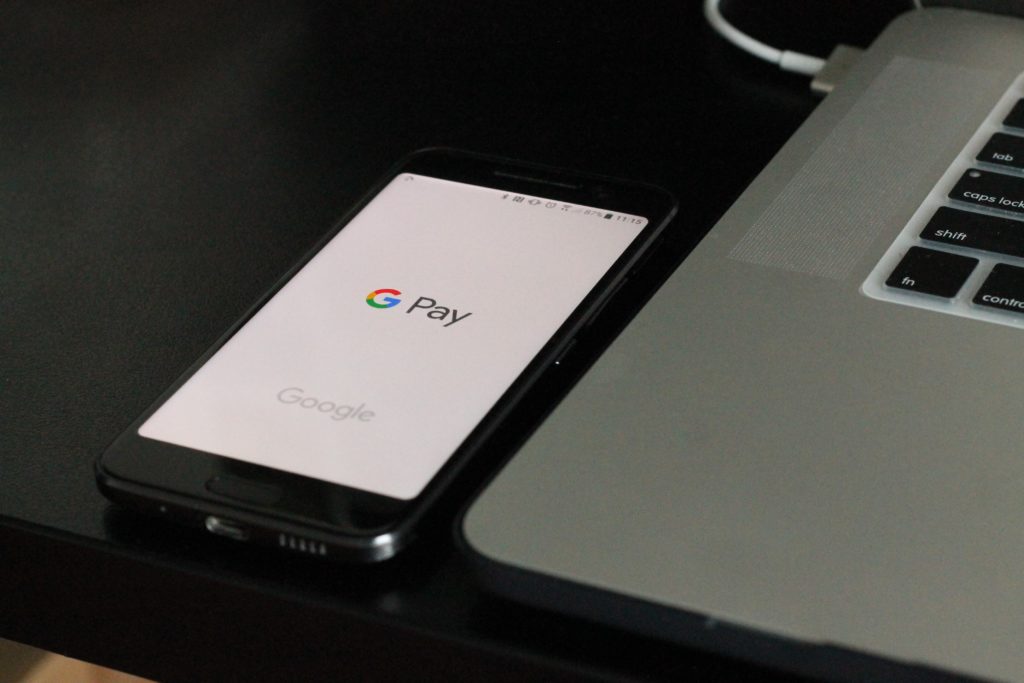Is it safe to make payments over the phone? As technology moves on, banks and technology companies like Apple and Google are encouraging users to use their payment systems. But is it safe to pay with Google Pay and Apple Pay?
Biometric and passcode logins should protect the user from unintentionally making any sort of payments. Safe from criminals and those trying to access your accounts. Therefore your bank details and cash should be secure.
Unfortunately this doesn’t seem to be the case, smartphones are only as good as the programmers and developers who code the systems for the phone and bank companies. Any holes in these system can lead hackers and criminals to take control of these systems and in essence have full access to your data and information stored in the modern devices.
Is pay by phone safe? Google Pay and Apple Pay: is your data safe?
Day to day we are hearing stories in the news about international companies and even national security agencies being hacked. Criminals having access to databases, passwords emails and login details. Smartphones are no different in many respects. The weakest links are always the humans that build the operating systems and applications.
Keeping up with the latest security implementations and best practises seems to be too much for many companies. A badly coded authorised login is implemented on almost all internet connected devices, from a universally used websites. It allows access to information stored within the app. If that app is hotel books with stored card information, in theory criminals could book rooms in your name. What if via the app they get access to all your card details? The risks are all still there. Even once the loophole has been closed as criminals are always looking for ways to gain people’s confidence. They can gain access to accounts or use in email phishing attacks to further attack computers or users devices.
What can you do to protect your data?
It is quite simple to ensure data protection security. Data protection and data security are provided by the following steps:
- You have to use unique passwords for all websites and logins.
- You have to keep device and computer security and operating system up-to-date.
Where possible
- Use encrypted data sites.
- Two factor authentication (another layer of protection like Google authenticator. Even if your password is stolen, your data is safe and encrypted without this second key).
- Only login to websites using HTTPS.
Never
- Use email links to login to websites, unless you are completely sure it is from the right website.
‘Do you want to learn more about the risks of using contactless payments? For more information, see the article.
Updated in June 2020

